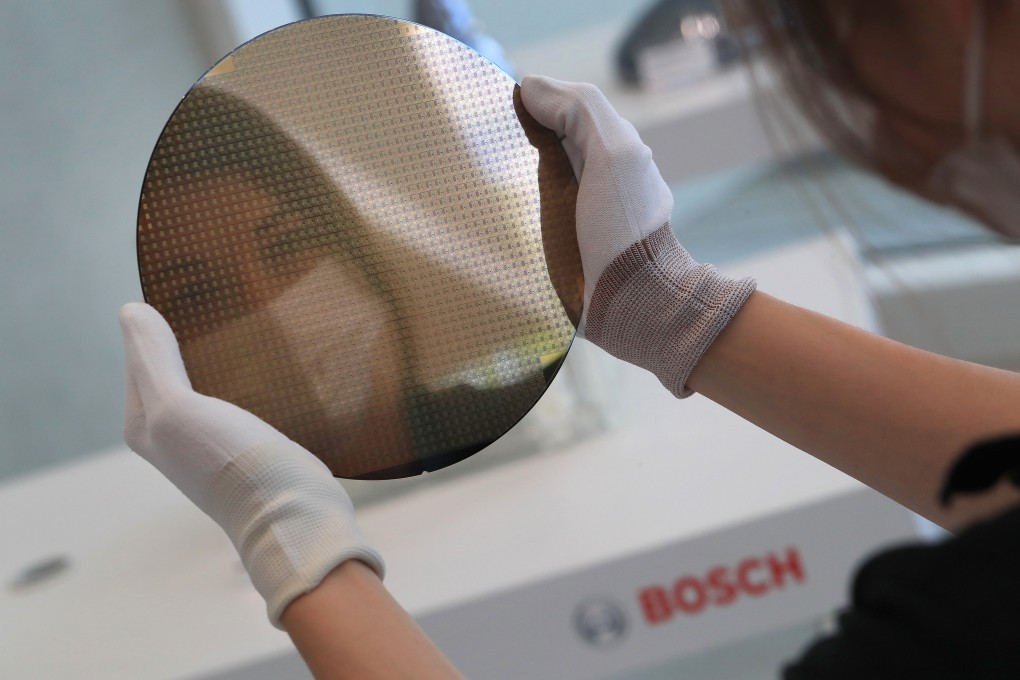Advertisement
The View | How globalisation can help avert a tech split amid US, China push for chip dominance
- The world is likely to avoid a major technology split in the medium term despite rising global tensions, but better outcomes will require multilateral efforts
- By staying above the Sino-US fray, the rest of the world can take the lead in forging a new consensus based on a vision of shared technological progress
Reading Time:4 minutes
Why you can trust SCMP

Heightened US-China tensions have raised the prospect of a deep global technology divide, potentially forcing other countries to choose which camp to join.
There are plenty of grim scenarios involving irreconcilable splits between core technologies that power a wide range of products and services, from aircraft and automobiles to precision engineering for robotics and payment systems for e-commerce.
Should these scenarios materialise, the world’s two largest economies will pour huge amounts of resources into a zero-sum race to control the cutting edge.
Advertisement
Both the US and China understand the central role of technology in driving their economies and global development. They also know that mastering it and safeguarding relevant intellectual property can bolster their national security and geopolitical influence, with important feedback effects for their sustained growth and resilience.
In the medium term, the US faces a stiff challenge to its long-standing dominance in science and engineering, as well as its capacity to produce critical components. For example, although US firms design cutting-edge semiconductors, America’s share of global output has declined from 37 per cent in 1990 to only 12 per cent today.
Advertisement
Meanwhile, for all China’s progress, it remains a long way from the technological frontier in many products such as computer chips and planes.
Advertisement
Select Voice
Choose your listening speed
Get through articles 2x faster
1.25x
250 WPM
Slow
Average
Fast
1.25x

